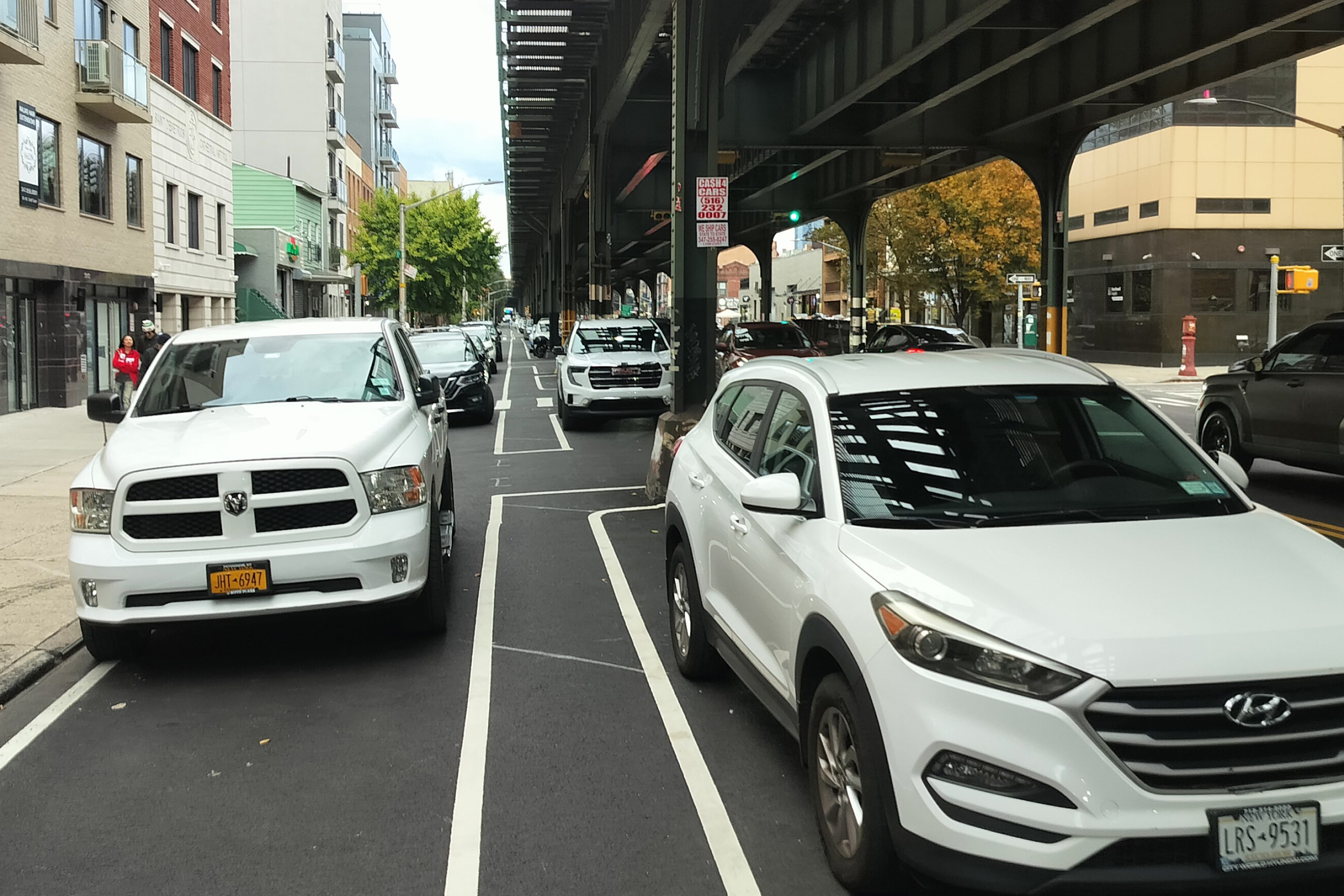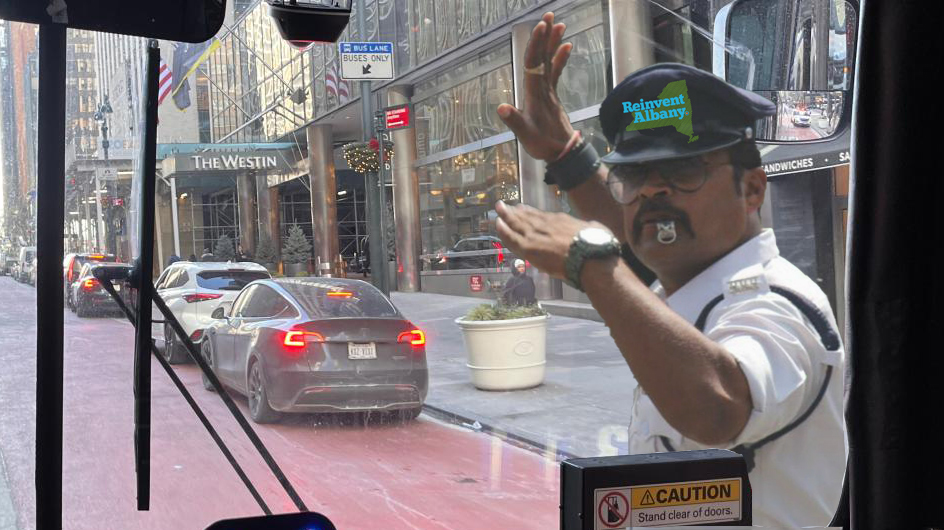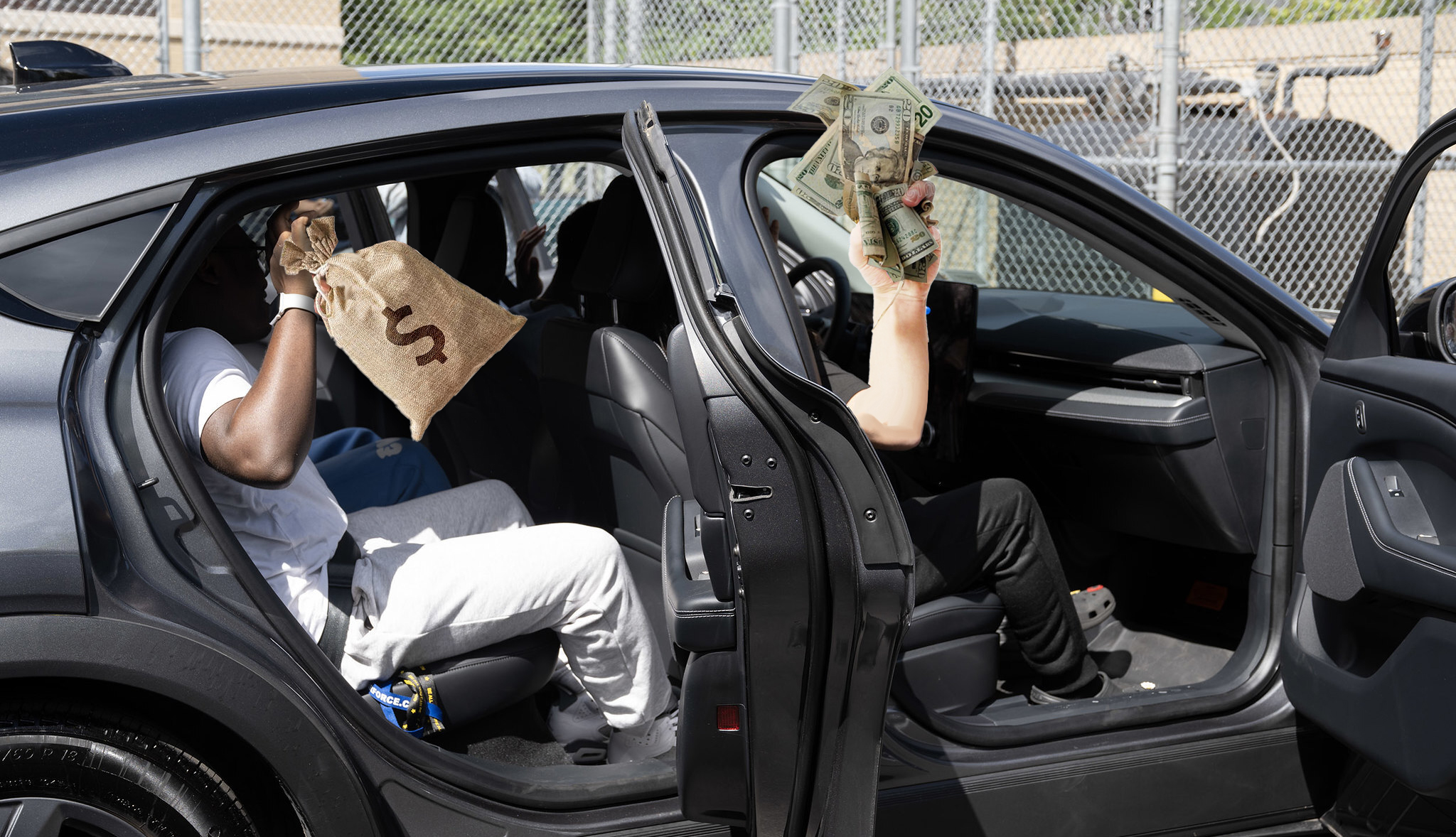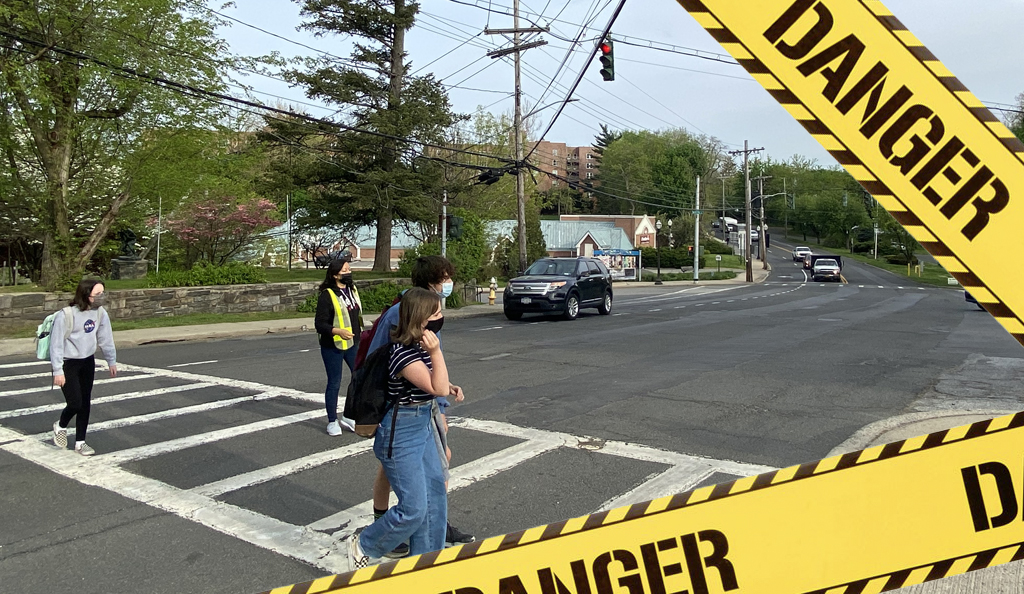The vast majority of Americans could not recognize the term "credit-default swaps" until 2008, when the obscure type of Wall Street deal was pinpointed as a leading cause of the U.S. financial meltdown. Now another type of swap, centered on interest rates, is making headlines as a growing number of urban governments start to regret their bets on borrowing costs.
 Photo: TreeHugger
Photo: TreeHuggerPennsylvania's auditor general has pressed the Delaware River Port Authority -- which operates a commuter rail line and four bridges -- to ban interest-rate swaps, calling them "nothing more than a form of gambling with public funds." The Wall Street Journal reported last week that "hundreds of municipalities" owe money to banks on the swaps, which were signed in a bid to lower borrowing costs by shielding cities from a future rise in interest rates.
The New York Times picked up the thread yesterday in a front-page story on the growing risk surrounding the swaps, neatly summing up localities' current predicament:
The swapswould indeed have saved money had interest rates gone up. But to getthis protection, the states had to agree to pay extra if interest rateswent down. And in the years since these swaps came into vogue, interestrates have mostly fallen.
Several of the nation's largest transit authorities have interest-rate swaps sitting on their books, according to their financial disclosures.
In New York City, the MTA reported outstanding swaps worth $3.9 billion in its most recent financial statement [PDF], released late last year. The counterparties, or trading partners, to MTA swaps include several recipients of government bailout money, including Citigroup, AIG, Morgan Stanley, J.P. Morgan, and UBS, which received indirect aid through the AIG rescue.
Los Angeles' local transit authority, known as Metro, reported five outstanding interest rate swaps valued at $808,000 in its most recent financial statement. The largest of the swaps was with Goldman Sachs.
New Jersey Transit, which is planning to hike fares 25 percent to close its budget gaps, did not identify the counterparties to its interest-rate swaps in its annual financial statement. But Bloomberg reported in December that the state's transportation trust fund, a key source of transit funding, was paying $1 million per month to Goldman Sachs as a result of a previous interest-rate swap deal.
The Southeastern Pennsylvania Transportation Authority, which runs transit networks in the Philadelphia metro area, reported interest-rate swaps with Citibank and Merrill Lynch in the amount of $340 million on its 2008 financial statement, the most recent available.
One transit system that does not appear to have used swaps to lower its interest rates, based on its financial statements, is San Francisco's Bay Area Rapid Transit (BART).





